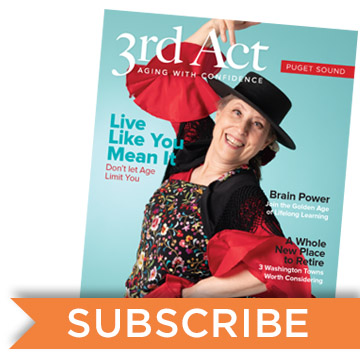For many years physicians used body mass index (BMI) to determine a person’s overall fitness and health. This scale uses overall weight compared to height to determine a body fat score. The obvious drawback has always been that BMI fails to differentiate between muscle and fat.
A very fit person with considerable muscle mass could have a high BMI score despite their fitness. And, equally important, a thin person with little muscle mass might be determined to be fit when they aren’t.
Now that we know the important role muscle mass plays in longevity, it’s time to rethink BMI.
Muscle Mass is Linked to Longer Life
A study conducted at UCLA and published in the American Journal of Medicine tackled this issue. Researchers at UCLA found that having higher amounts of muscle mass decreases an adult’s metabolic risk. The greater the amount of muscle an older adult has the less likely they are to experience early mortality.
What can seniors do to pump up their muscle mass?
First, be aware that age-related muscle loss is quite common. Doctors refer to the condition as Sarcopenia. In explaining it, health professionals often liken it to Osteoporosis of the muscles. You might be surprised to learn that this condition can begin in your thirties.
Next, accept that you may need to make lifestyle changes. It takes a healthy diet, as well as an exercise regime that incorporates both cardio and strength training to build muscle. Here are a few suggestions:
- Senior Friendly Forms of Exercise: With the approval of your primary care physician, create an exercise routine which combines range of motion, flexibility, cardio, and strength training. Find forms of exercise you enjoy so you will be more likely to stick with it over the long run. Many older adults find Chair Yoga, Pilates, swimming, bike riding, walking and modified weight training to be senior friendly types of exercise that get results.
- Learn More about Senior Nutrition: A diet that includes the right amount of protein is also necessary for building muscle mass in older adults. The Harvard Medical School recommends senior consume 7 grams of protein each day for every 20 pounds of body weight.
Senior Fitness Programs
Several organizations have created tools and resources to make it easier to stay strong and healthy as you age. A few to explore are:
- AARP Healthy Living: AARP has developed a variety of resources and information to help seniors live healthier lives. You can find videos and visual aids on weight training for older adults, reviews for protein powders, and more.
- National Institute on Aging: A free senior fitness program developed by the National Institute on Aging is Go4Life. Through this online program you can request DVDs, download exercise guides and print out checklists and exercise programs at no cost.
- Silver Sneakers: This is an option many insurance companies offer to seniors. Silver Sneakers works with existing fitness centers across the country to establish senior-friendly wellness programs and services.
If you live in the greater Seattle area, two other options to consider are the Stroum Jewish Community Center’s Senior Fitness program and Bayview Wellness and Fitness Center. Both are designed to meet the unique needs of older adults.
Our final tip is to follow 3rd Act Magazine on Facebook. We routinely share the latest news and research on successful aging on our page!


